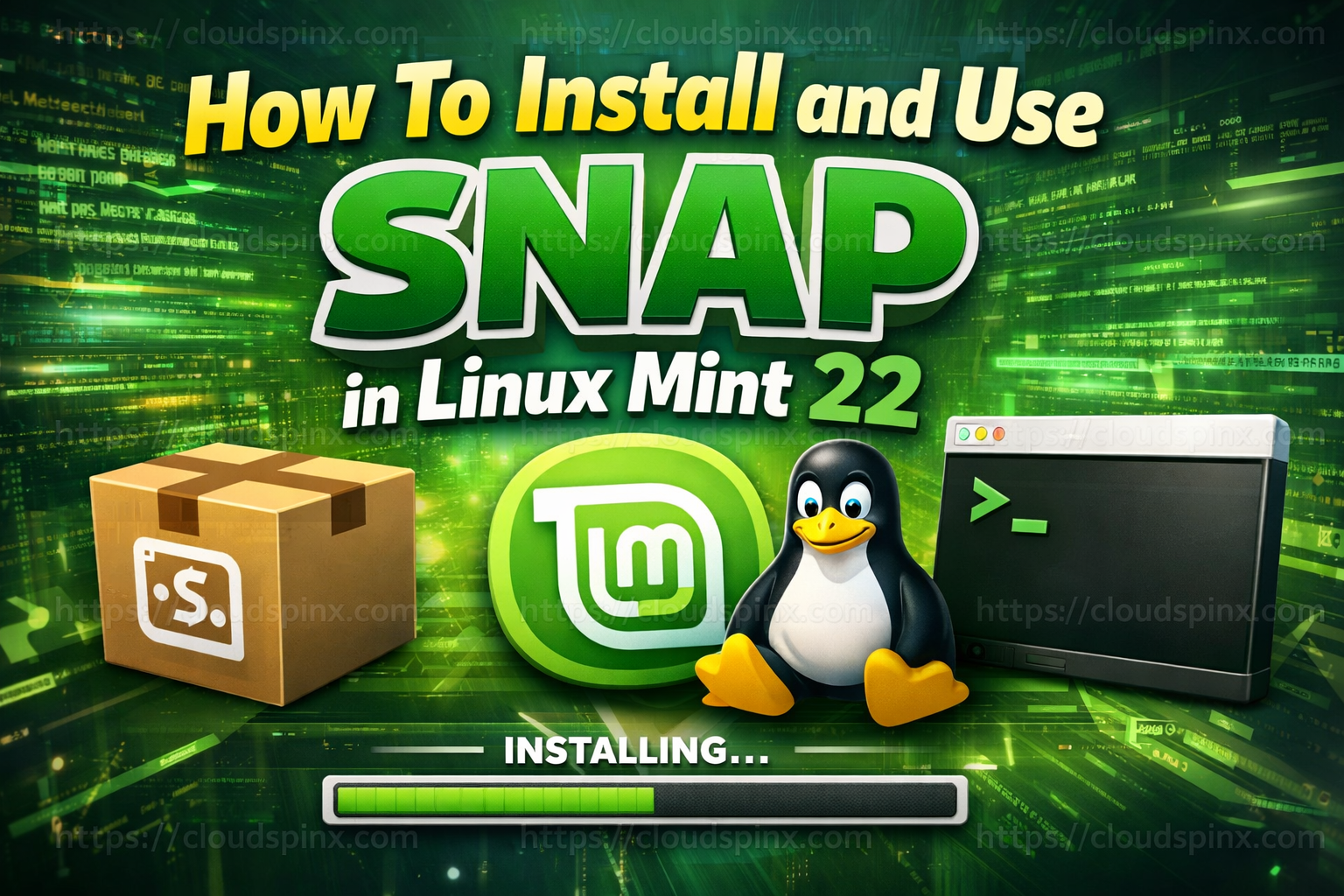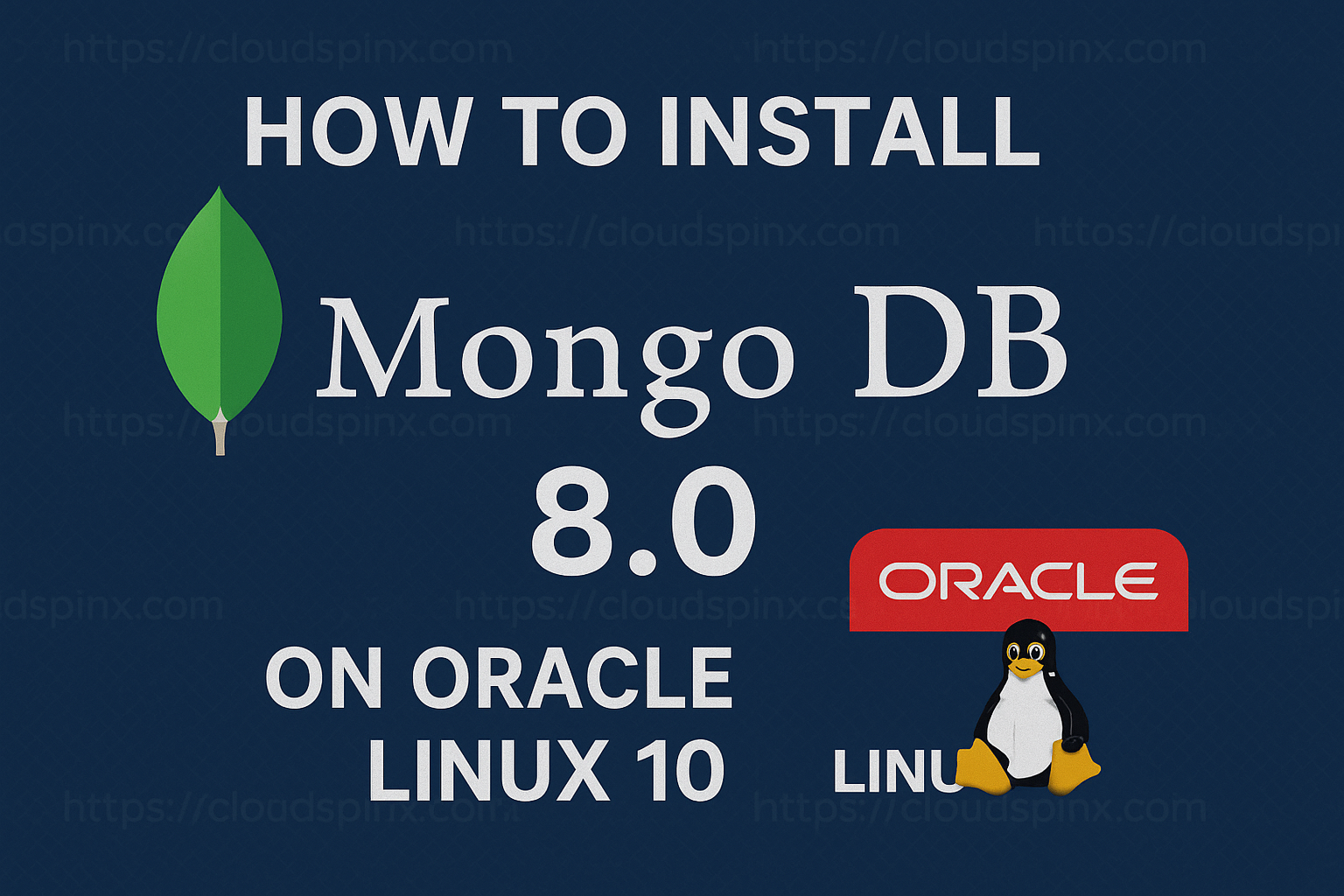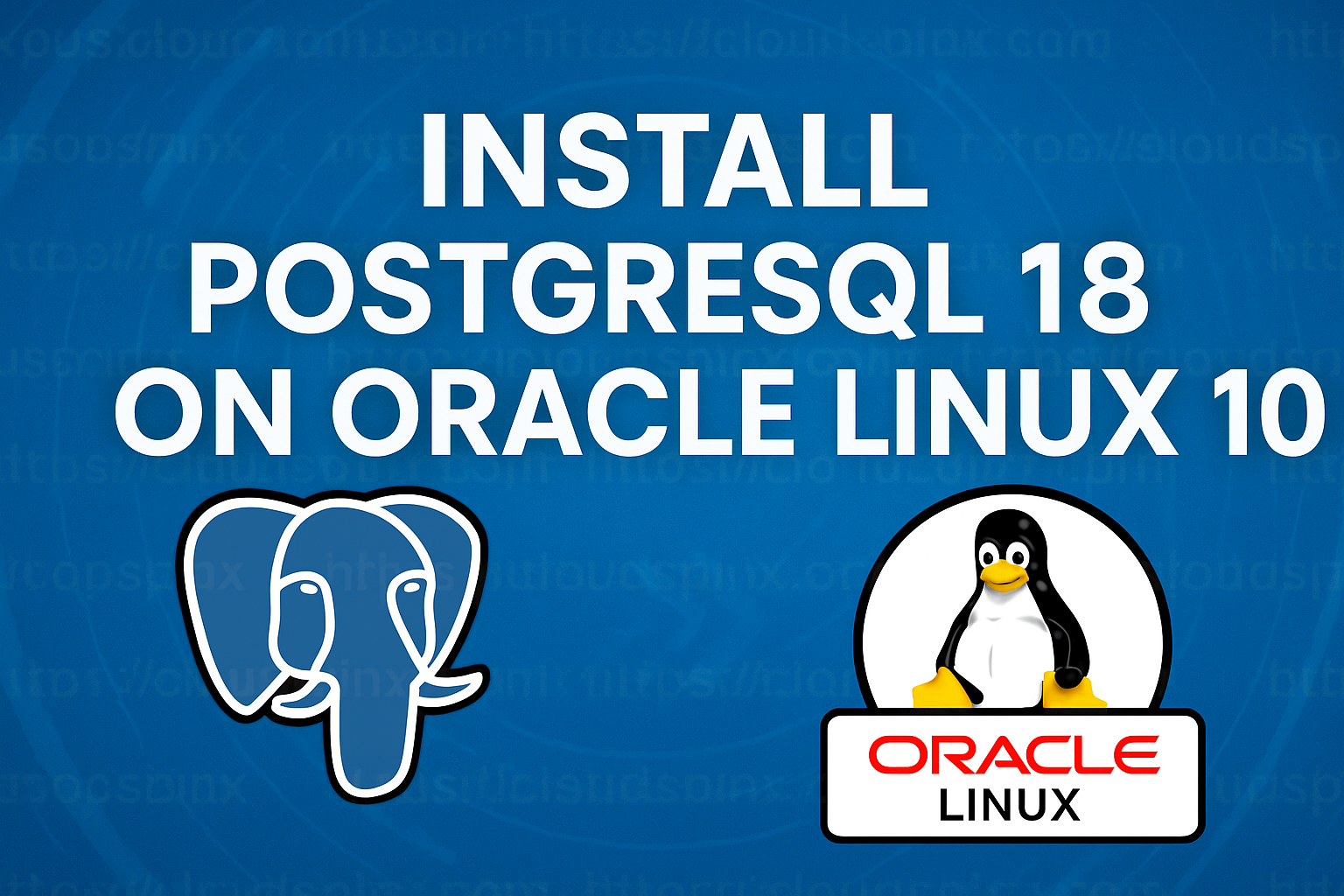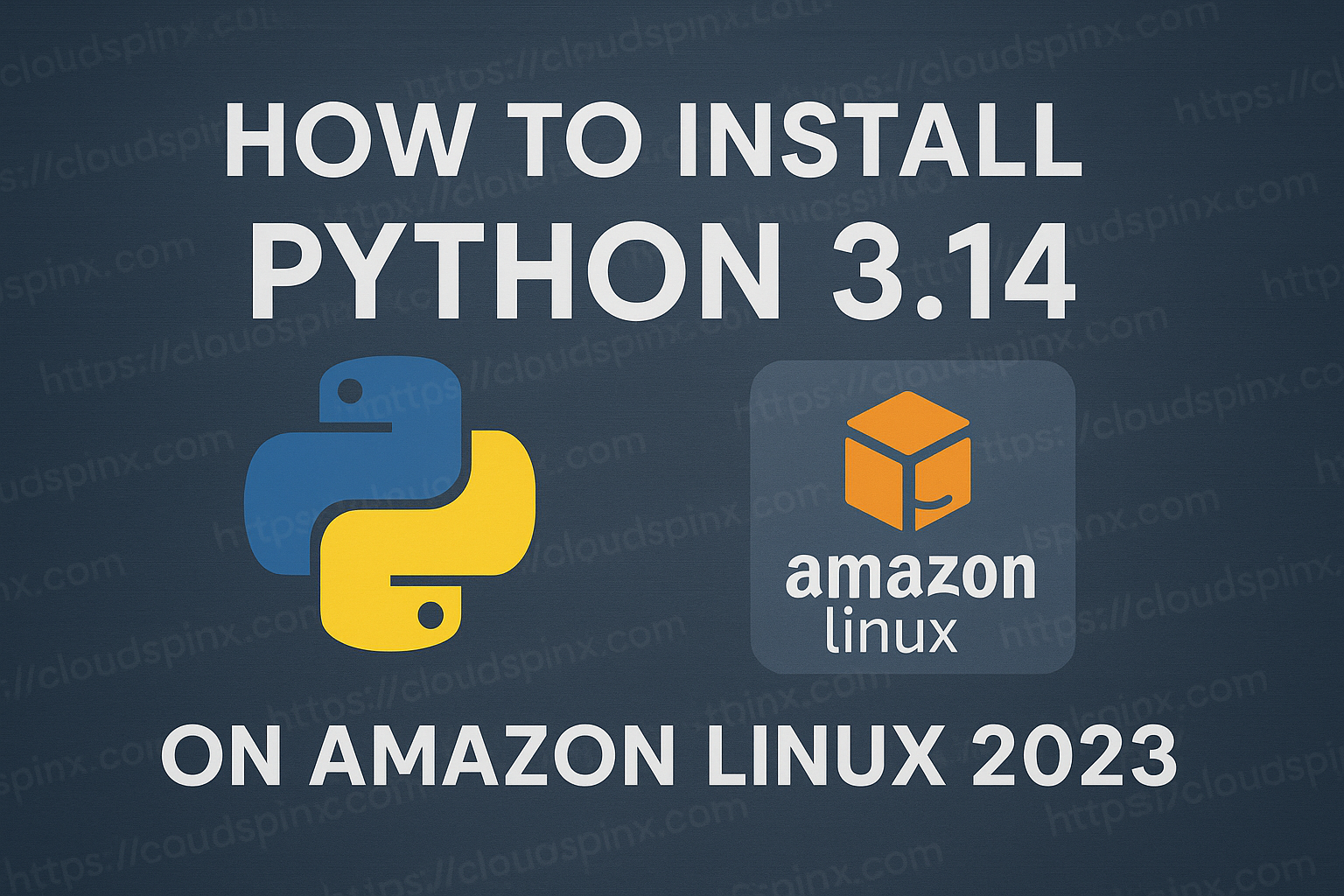In this blog post we will be showing you how to run Rocky Linux or AlmaLinux container Pod in Kubernetes and OpenShift environment. Rocky and AlmaLinux are community-driven operating systems focused on delivering a robust open source ecosystem around a Linux platform. It is one of the most adopted enterprise operating systems which is associated with Red Hat Enterprise Linux.
To run Rocky or AlmaLinux container Pod in Kubernetes and OpenShift, you’ll use the same process of running normal microservice applications in Kubernetes. You start by creating a deployment manifest. One of the main reasons for running the OS in a container is installation of admin tools e.g telnet or tcpdump tools for network connectivity and packet capturing tasks.
Let’s generate a Rocky or AlmaLinux Pod deployment YAML manifest file with kubectl.
# Rocky / AlmaLinux 9 OS creation
kubectl run rockylinux9 --image=rockylinux:9 --restart=Never --dry-run=client -o yaml > rocky9-pod.yaml
kubectl run almalinux9 --image=almalinux:9 --restart=Never --dry-run=client -o yaml > almalinux9-pod.yaml
# Rocky / AlmaLinux 8 OS creation
kubectl run almalinux8 --image=rockylinux:8 --restart=Never --dry-run=client -o yaml > rocky8-pod.yaml
kubectl run almalinux8 --image=almalinux:8 --restart=Never --dry-run=client -o yaml > almalinux8-pod.yam8We’ll edit the YAML file and add command to be executed in the container after the image definition under spec.containers section.
$ vim rocky9-pod.yaml
apiVersion: v1
kind: Pod
metadata:
creationTimestamp: null
labels:
run: rockylinux9
name: rockylinux9
spec:
containers:
- image: rockylinux:9
name: rockylinux9
resources: {}
command: ["sleep"]
args: ["infinity"]
dnsPolicy: ClusterFirst
restartPolicy: Never
status: {}The command ["sleep"] with args ["infinity"]will ensure that the container runs indefinitely.
To create the Pod run the command:
$ kubectl apply -f rocky9-pod.yaml
pod/rockylinux9 createdYou can as well create the Pod in a specified namespace.
kubectl apply -f rocky9-pod.yaml -n <namespace-name>Check if the Pod is running:
$ kubectl get pods rockylinux9
NAME READY STATUS RESTARTS AGE
rockylinux9 1/1 Running 0 31sConnect to the Pod console and start bash shell using the command below.
kubectl exec -ti rockylinux9 -- bashYou should be able to do package installation and any tool you want.
[root@rockylinux9 /]# yum update
....
Transaction Summary
===================================================================================================================================================================================================================================================================================
Install 1 Package
Upgrade 72 Packages
Total download size: 41 M
Is this ok [y/N]: y
[root@rockylinux9 /]# yum -y install telnet vim tcpdumpWhen done
[root@rockylinux9 /]# exit
exitDeleting the Pod.
kubectl delete pod <name>Run using Kubernetes Deployment resource type
If you want to use a deployment which manages creating Pods by means of ReplicaSets generate deployment template with the command below. Before you can run container Pod in Kubernetes you need to generate deployment manifest file.
# Rocky Linux 9 image
kubectl create deploy rockylinux9 --image=rockylinux:9 --replicas=1 --dry-run=client -o yaml > rocky9-deployment.yaml
# Rocky Linux 8 image
kubectl create deploy rockylinux8 --image=rockylinux:8 --replicas=1 --dry-run=client -o yaml > rocky8-deployment.yamlI’ll edit the YAML file to add run command similar to how we modified pod manifest file.
apiVersion: apps/v1
kind: Deployment
metadata:
creationTimestamp: null
labels:
app: rockylinux9
name: rockylinux9
spec:
replicas: 1
selector:
matchLabels:
app: rockylinux9
strategy: {}
template:
metadata:
creationTimestamp: null
labels:
app: rockylinux9
spec:
containers:
- image: rockylinux:9
name: rockylinux
resources: {}
command: ["/bin/sleep", "infinity"]
status: {}Create Pod by applying the deployment manifest file.
$ kubectl apply -f rocky9-deployment.yaml
deployment.apps/rockylinux9 createdCheck deployment creation status:
$ kubectl get deploy rockylinux9
NAME READY UP-TO-DATE AVAILABLE AGE
rockylinux9 1/1 1 1 16sConfirm the Pod is running
$ kubectl get pod
NAME READY STATUS RESTARTS AGE
rockylinux9-794c5bb645-jrg2f 1/1 Running 0 46sStart shell to the Pod.
$ kubectl exec -ti rockylinux9-794c5bb645-jrg2f -- bash
[root@rockylinux9-794c5bb645-jrg2f /]# dnf -y update
[root@rockylinux9-794c5bb645-nnkx8 /]# exit
exitTo delete the deployment run the following commands:
$ kubectl delete deployment/rockylinux9
deployment.apps "rockylinux9" deletedBuilding custom container image
Sometimes it makes more sense to build a custom image with all set of troubleshooting tools you’ll use frequently.
Let’s create a Dockerfile.
mkdir -p ~/rocky9 && cd ~/rocky9
vim DockerfileHere is my Dockerfile settings.
FROM rockylinux:9
LABEL maintainer="Josphat Mutai <[email protected]>"
# Update base image packages
RUN dnf -y update && dnf clean all
# Install my Custom packages
RUN dnf -y install \
telnet \
wget \
vim \
bash-completion \
tcpdump \
traceroute \
nmap-ncat
# Set default command
CMD ["/usr/bin/bash"]Build your image with Docker or Podman CLI. For Podman install container-tools on RHEL based systems.
sudo dnf -y install @container-toolsCreate a container image.
# Using Docker
docker build -t rocky9 .
# Using Podman
podman build -t rocky9 .Confirm successful build:
$ docker images
REPOSITORY TAG IMAGE ID CREATED SIZE
rocky9 latest 45cf515156ae About a minute ago 383MB
ghcr.io/k3d-io/k3d-proxy 5.7.3 0475c00b0478 7 days ago 61.2MB
ghcr.io/k3d-io/k3d-tools 5.7.3 91ba69c868e8 7 days ago 20.8MB
rancher/k3s v1.30.3-k3s1 86193a59fa57 8 days ago 209MBTag image and push to your image registry.
$ docker tag rocky9:latest docker.io/<yourusername>/rocky:9
$ docker images
REPOSITORY TAG IMAGE ID CREATED SIZE
jmutai/rocky 9 45cf515156ae 3 minutes ago 383MB
rocky9 latest 45cf515156ae 3 minutes ago 383MB
ghcr.io/k3d-io/k3d-proxy 5.7.3 0475c00b0478 7 days ago 61.2MB
ghcr.io/k3d-io/k3d-tools 5.7.3 91ba69c868e8 7 days ago 20.8MB
rancher/k3s v1.30.3-k3s1 86193a59fa57 8 days ago 209MB
$ docker login docker.io
Username: <username>
Password:
Login Succeeded!
$ docker push docker.io/<username>/rocky:9
Getting image source signatures
Copying blob 2653d992f4ef done
Copying blob d5ad0338072e done
Copying blob fecd9c7cda47 done
Copying config de2ac46ae7 done
Writing manifest to image destination
Storing signaturesWe can then update our deployment to use our custom image.
apiVersion: apps/v1
kind: Deployment
metadata:
creationTimestamp: null
labels:
app: rockylinux9
name: rockylinux9
spec:
replicas: 1
selector:
matchLabels:
app: rockylinux9
strategy: {}
template:
metadata:
creationTimestamp: null
labels:
app: rockylinux9
spec:
containers:
- image: docker.io/<username>/rocky:9
name: rockylinux
resources: {}
command: ["/bin/sleep", "infinity"]
status: {}Update deployment.
$ kubectl apply -f rocky9-deployment.yaml
deployment.apps/rockylinux9 createdCheck if the Pod is running and you can access.
$ kubectl get deploy rockylinux9
NAME READY UP-TO-DATE AVAILABLE AGE
rockylinux9 1/1 1 1 6s
$ kubectl get pod -l app=rockylinux9
NAME READY STATUS RESTARTS AGE
rockylinux9-794c5bb645-nnkx8 1/1 Running 0 25s
$ kubectl exec -ti rockylinux9-794c5bb645-nnkx8 -- bash
[root@rockylinux9-794c5bb645-nnkx8 /]#The tools we install during image build should be available for our use.
[root@rockylinux9-794c5bb645-jrg2f /]# tcpdump --version
tcpdump version 4.99.0
libpcap version 1.10.0 (with TPACKET_V3)
OpenSSL 3.0.7 1 Nov 2022You can now use the container to troubleshoot your microservices issues and clean the deployment once done.
$ kubectl delete -f rocky9-deployment.yaml
deployment.apps "rockylinux9" deletedI hope this guide helped you to run Linux container based on Rocky or AlmaLinux Pod in Kubernetes / OpenShift Pod. We offer Kubernetes and OpenShift Consultancy services. Check more details in our website pages.









